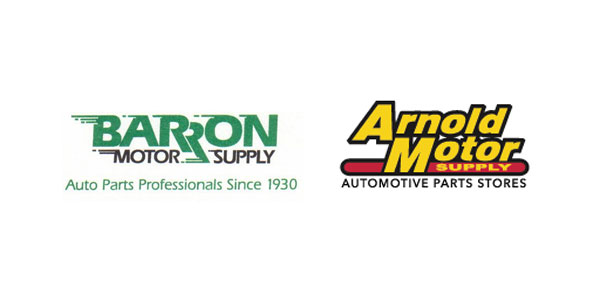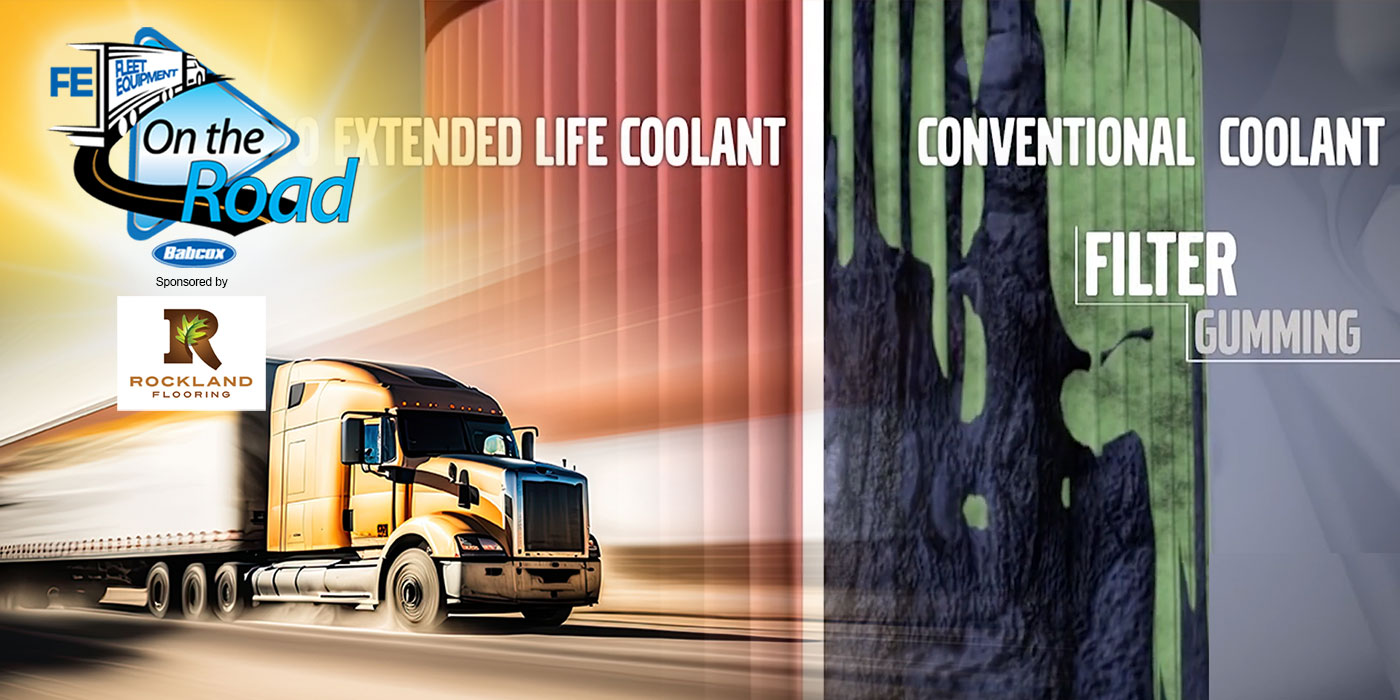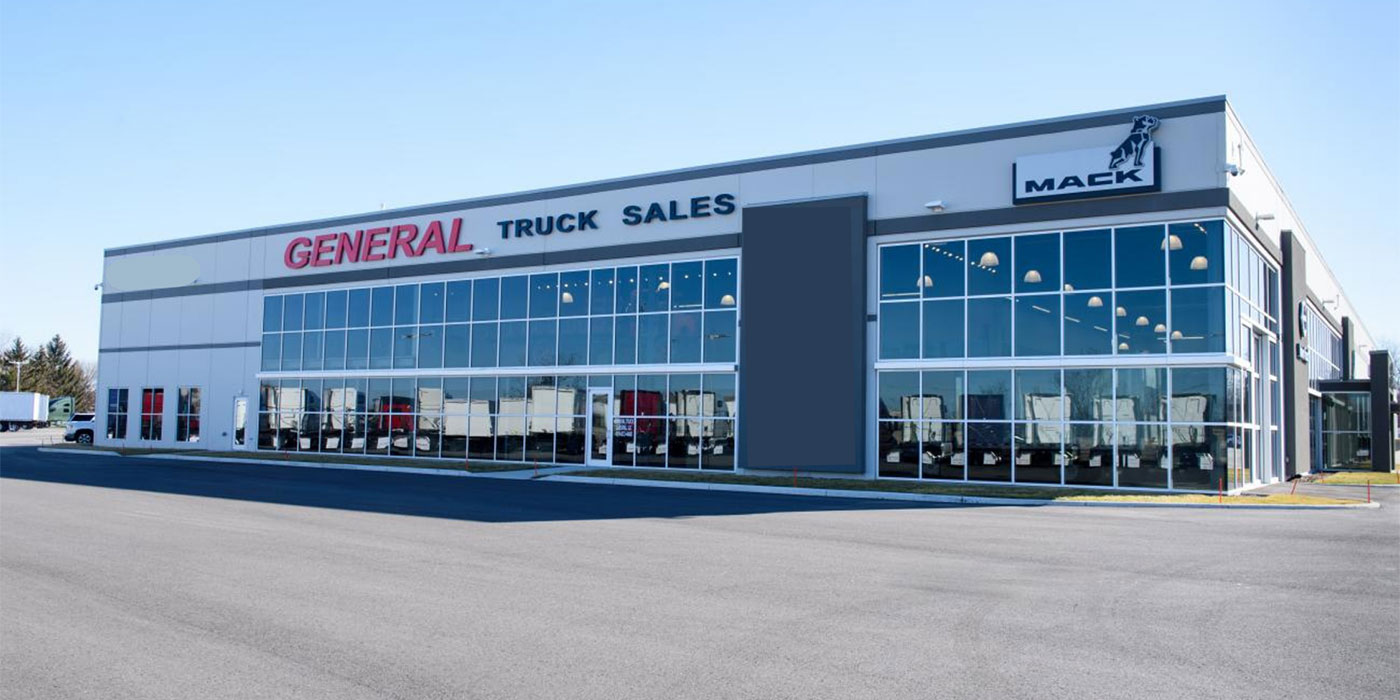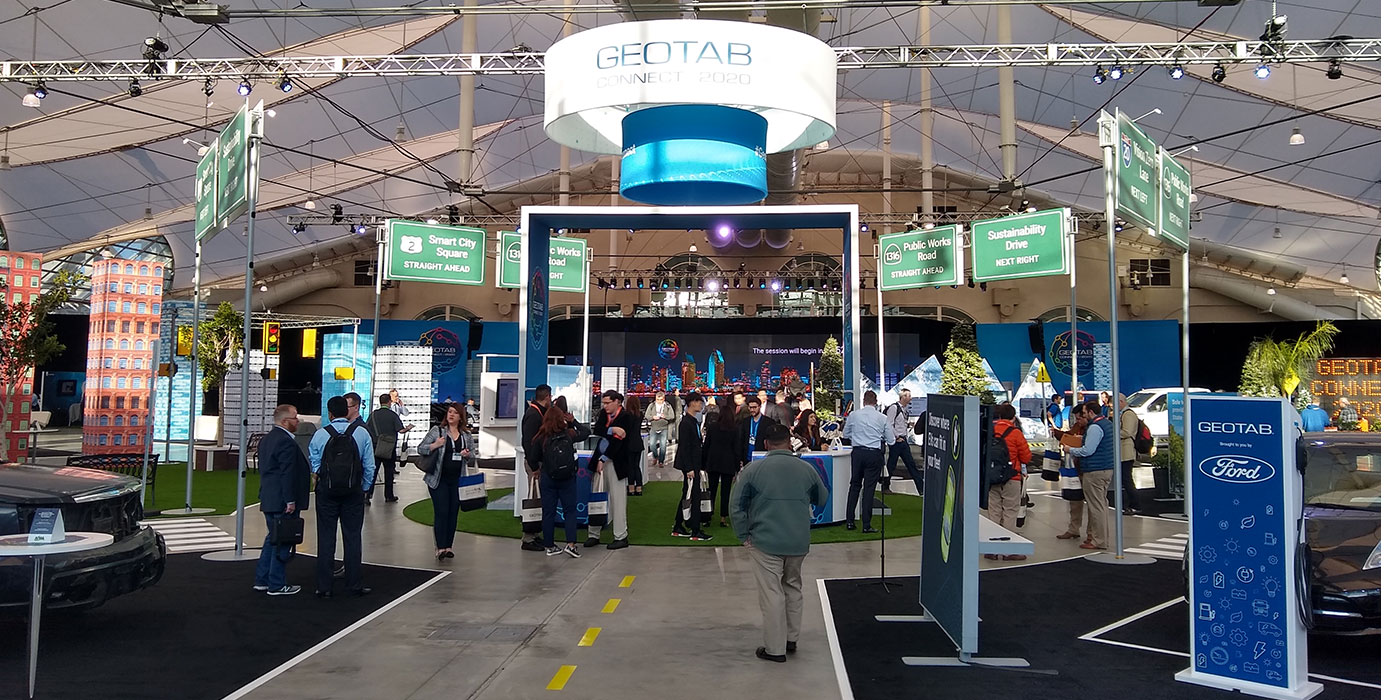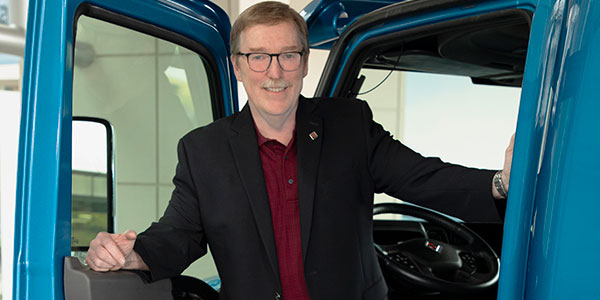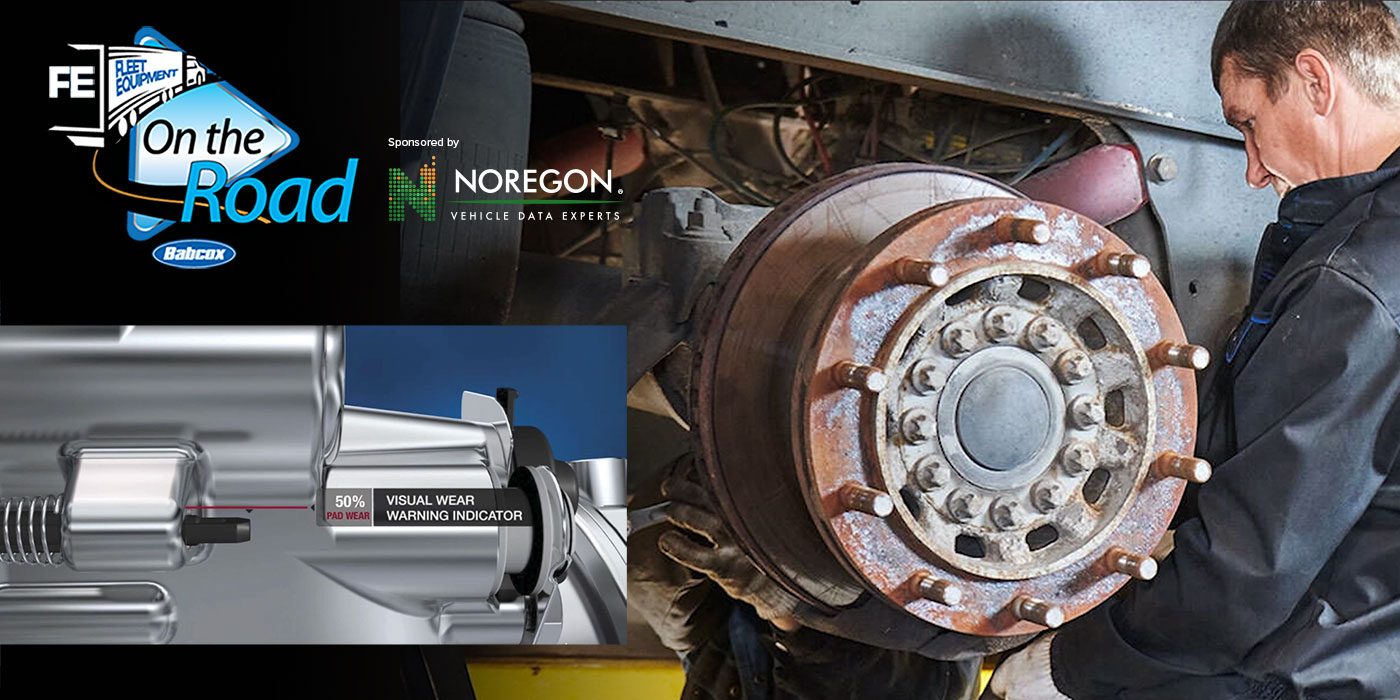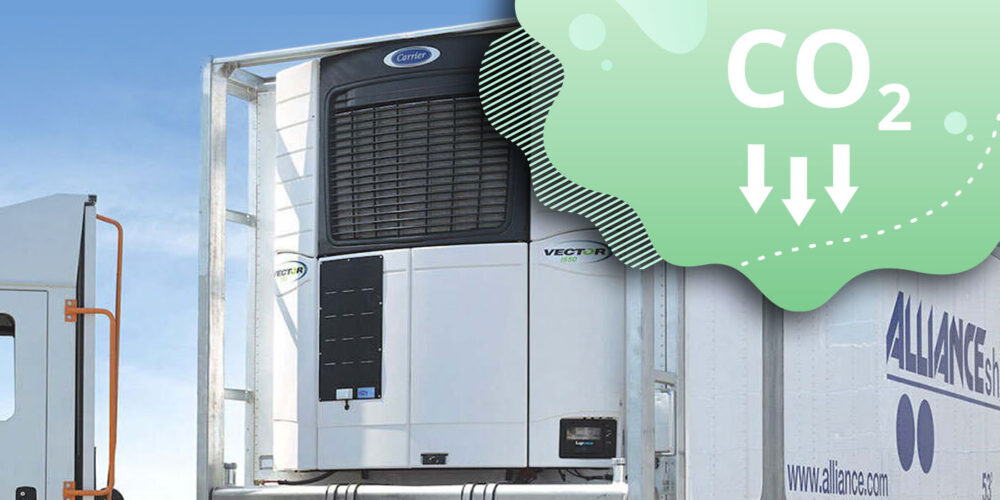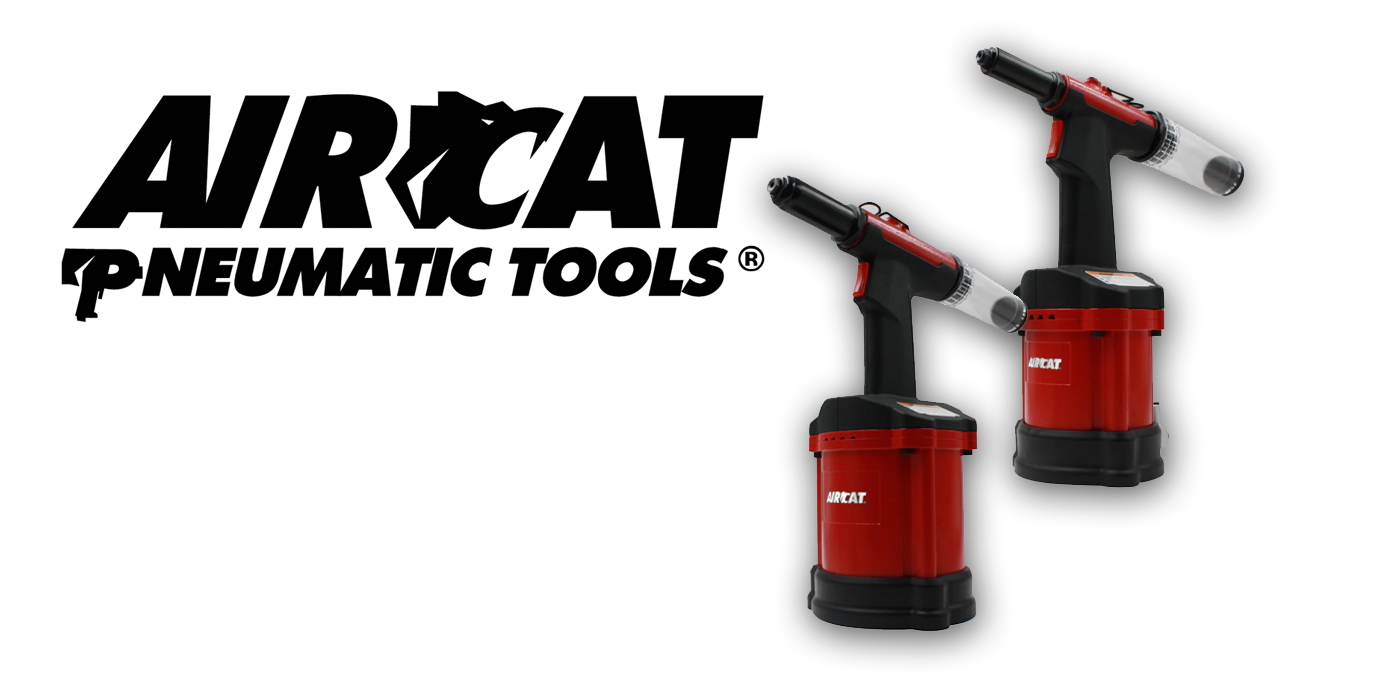There was a time when the only thing an air compressor did was supply muscle to braking systems. After air systems first appeared on over-the-road tractors, the Society of Automotive Engineers published a paper indicating that onboard compressors in such applications could be expected to have duty cycles in the order of 10 to 15 percent. That meant these components would be idle as much as 90 percent of the time yet still do the job.
Over the years, engineers designed air systems using these numbers, and the systems worked very well (maybe too well, as more and more onboard accessories began using air). Air horns and seats first come to mind. They worked very well too, so why not find some other uses for compressed air?
Unfortunately, it doesn’t come for free. Jon Canale, a senior project engineer at MeritorWABCO working on application engineering for compressors, said, “When you started seeing air on both tractor drives and trailer axles, you saw compressor duty cycles really increasing. In fact, some work we did about 10 years ago for a five-axle combination vehicle with air suspensions on both tractor drives and trailer tandems showed duty cycles 25 to 30 percent in normal line-haul operation.”
The demand for air didn’t stop there. Air worked so well for vehicle suspensions that the next logical step was to apply the concept to cab suspensions.
Most recently, we’ve seen demand for air increasing again as a result of the newest emissions control systems. Some designs use air to inject fuel into exhaust systems to regenerate particulate filters. And, variable turbochargers require a steady “leak” of air whenever the engine is running. While this 20-to-25-liter-per-minute demand would normally be easily handled by the compressor, the problem is compounded because of all the other demands for air. When we move on to 2010 and observe the likely use of urea injection in some emission control systems, we’ll probably see another increase in demand for compressed air.
Canale tells us that we’re at a point where the familiar 13.5- or 18.7-CFM compressors are too small for most line-haul applications and certainly for many vocational operations, like refuse or buses. High duty cycles mean compressors will run hot, and that means they will pass excessive amounts of oil. A little is okay; too much means trouble. Hot compressors can also break down oil, releasing chemicals that will attack rubber seals. They can also carbon up discharge lines, which will make the compressor work even harder.
Drivers in some applications can actually run out of air and “get into the buzzer.” Consider the rapid stopping and short runs of some refuse operations combined with the heavy use of air to handle trash containers.
Excessively high output temperatures will also effect the operation of air dryers, which are designed to handle air within a defined temperature range. If the air going into the dryer is too hot, it will still be hot coming out. While the dryer will certainly take water out of the air stream, you can expect more moisture to drop out downstream as the air continues to cool.
Clearly, it’s time to review your specs. Consider the amount of air your vehicle will be demanding and the duty cycle required of the compressor to deliver it. A larger unit than what was spec’ed in the past might well result in air system components delivering longer service life and better operation during that life. This is a case of bigger being not only better, but necessary.

